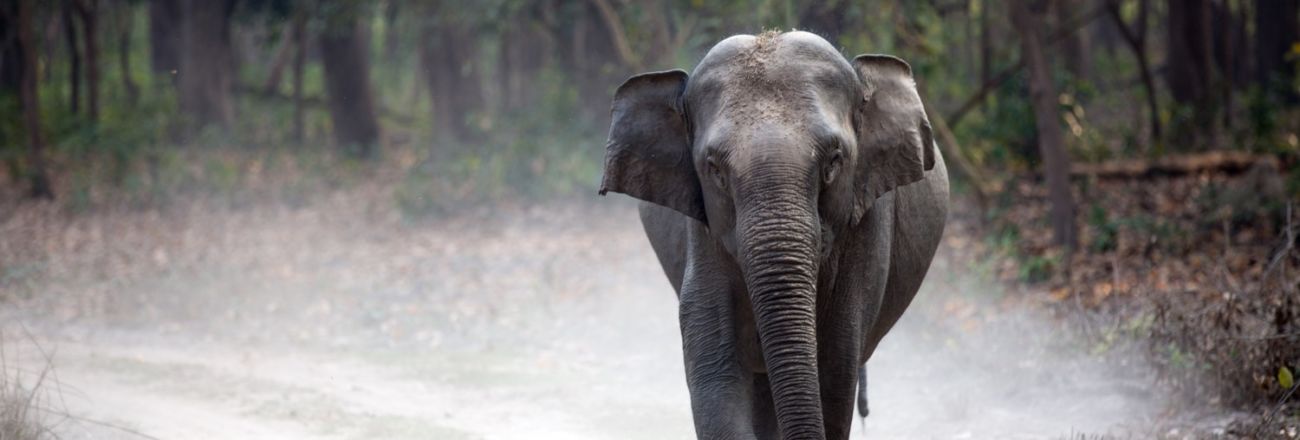Managing Change – from Wisconsin to Brazil
Before I came to Mazzetti (which is quite the story–if you’re interested to hear, let me know), I had been working at University of Wisconsin Health as a Sustainability Specialist, a position I had essentially created. Prior to this position, I was a student working in the engineering department of the hospital basement. When I recognized the need for widespread sustainability, I knew I had to convince people to change their ways. But why should these physicians, engineers, nurses, technicians, and executives listen to me?
Fast forward to August 2017, when I had the opportunity to visit Rio de Janeiro, Brazil for the IFHE (International Federation of Hospital Engineering) Conference and give a three-hour workshop on healthcare sustainability with Walt Vernon and Laura Faye.
We arrived several days early to tour some local hospitals and learn about how they manage their waste, energy, water, and more. We heard many of the same challenges that we face in the United States – around limited financial resources, regulatory restrictions, and motivating people to change their practices. One of the public hospitals had implemented a small compost program for pre-consumer food waste but hadn’t gotten all the kitchen staff to take ownership in the new process. We bonded over these shared experiences in managing change and offered each other advice.
We consistently saw opportunities in employee engagement and waste management. Every hospital we toured was separating cardboard for recycling, but all other non-infectious waste (i.e. clean paper, plastics, glass, metals) were disposed of in the same general waste stream and landfilled. We learned that trash was collected free of charge, and that recycling programs did exist in other communities of Rio, such as the favelas (Portuguese for ‘slums’). We also learned about the Catadores, who made a living by picking through trash at the landfill for recyclables.
Based on our observations and conversations with hospital staff, we decided to focus our workshop on change management through a waste lens. We told our own stories of being sustainability change agents, in hopes that we would inspire participants to recognize their own influential power. We explained the focus on waste – noting the human and environmental health impacts, the patient and staff safety considerations, financial benefits, and healthcare’s responsibility in waste reduction. Because we all generate waste, it’s also an empowering subject – we can all influence its impact.
But we’re also all human, with a natural resistance to change. And, without user acceptance and ownership, change endeavors fail. In fact, many do, and the result is employee dissatisfaction, inefficiencies, or even issues in quality and safety. On the flipside, Gallup research from 2012 found that companies with strong engagement perform better in productivity and profitability; they see lower turnover and fewer quality defects and safety incidents. By incorporating engagement into sustainability strategy, an organization can realize those co-benefits, expand sustainable impacts, unlock new opportunities for innovation, and make sustainability itself more sustainable.
In 2017 the NEEF (National Environmental Education Foundation) conducted a study which found a positive relationship between sustainability engagement and employee engagement (and the former positively impacts nearly every dimension of traditional engagement – including alignment, pride, discretionary effort and advocacy). Nearly 90 percent of employees that were engaged in their company’s sustainability efforts said that it enhances their job satisfaction.
So, how do we effectively engage people in sustainable changes?
In our workshop we walked participants through a simple change management framework (from “Switch: How to Change Things When Change Is Hard” by Chip Heath and Dan Heath) of the rider, the elephant, and the path. The rider represents our rational side, which needs information and a plan to arrive at the end goal. The elephant represents our emotional side, which needs motivation to get there. The path represents our external environment, which needs to be shaped for easier progress.
The rider should not be confused with the driver; the rider might think they’re in control, but if the elephant doesn’t want to move, they aren’t going anywhere. Before bed, your rider thinks waking up early to exercise is a good idea, but at 5am when your alarm sounds, your elephant might not be in favor. If the motivation isn’t there, you aren’t getting up, no matter how much sense it made last night.
Next, we performed a stakeholder assessment. The goal was to consider everyone who could be involved in or impacted by the change. Each group was given a waste reduction scenario (e.g. reduce infectious waste in the OR). We provided some assumptions (e.g. no recycling signage or infrastructure currently exists in the OR) and some guidance (e.g. think about everyone who could be involved in this change or affected by it, whether they are internal or external to your organization). We made a list of stakeholders and evaluated each for their 1) ability to impact the change, and 2) inclination to support the change. By assessing stakeholders, we learn who to leverage in the change (i.e. those with a lot of influence who are inclined to support the change – the advocates), and who might prevent successful change (i.e. those with a lot of influence who aren’t inclined to support the change – the naysayers).
Then we took a deeper dive with a persona mapping exercise. By mapping out personas, we get a better understanding of our stakeholders, and can more effectively engage them. We encouraged each group to focus on one key stakeholder and think about 1) the information they had and lacked (the rider), 2) their motivators and demotivators (the elephant), and 3) the circumstances in their external environment that were working for or against them (the path). Let’s take Dr. Carlos for example.

Finally, we crafted an engagement strategy – noting that when this is done in the real world, it’s best to observe stakeholder behavior and ask questions (versus making assumptions) and strategize in an iterative process. We should continually alter and improve our engagement strategies as we learn new information about our stakeholders. To guide the engagement strategy brainstorming, we provided prompts for the rider, the elephant, and the path.
- Rider prompts:
- Point to the destination (show the end goal)
- Find the bright spots (see what is already working well and highlight it)
- Script the critical moves (map out the specific actions)
- Elephant prompts:
- Find the feeling (leverage what they care about)
- Shrink the change (break down the change so it seems easier to manage)
- Empower people (establish a sense of identity and ownership in the change)
- Path prompts:
- Tweak the environment (break down barriers getting in the way of change)
- Build habits (use “action triggers” to turn the behaviors into habits)
- Rally the herd (create conditions that allow the behavior to spread)
In the case of Dr. Carlos, we can try to engage him by…

Ultimately, it’s about empathy. To implement change, you need people to be on board. To get people on board, you need to understand them better. That’s how I engaged the physicians, engineers, nurses, technicians, and executives in sustainability – by trying to understand them. Then I built an environment of change through a network of green teams, expanding our impact across the system and community.
We often mistake system-problems for people-problems. We assume people are lazy or difficult, when they are exhausted or uninformed. Consider what information they need, what motivates them, and what in their environment is working for or against them. If we can appeal to both the emotional and rational sides, and shape the environment, we can implement change with sustainable success. Then, we can activate other change agents, and watch our efforts grow.
Interested in hosting a facilitated change management workshop at your organization? Contact sustainability and change gurus, Shannon Bunsen and Troy Savage, at [email protected] and [email protected]. They’ll make sure you leave with a clear engagement strategy – and help hold you accountable to implementing it (just ask our friends at UCSD Health who experienced their change workshop in February 2018).
Interested in what you see? Subscribe to receive monthly news and information
more tailored to what you need.

